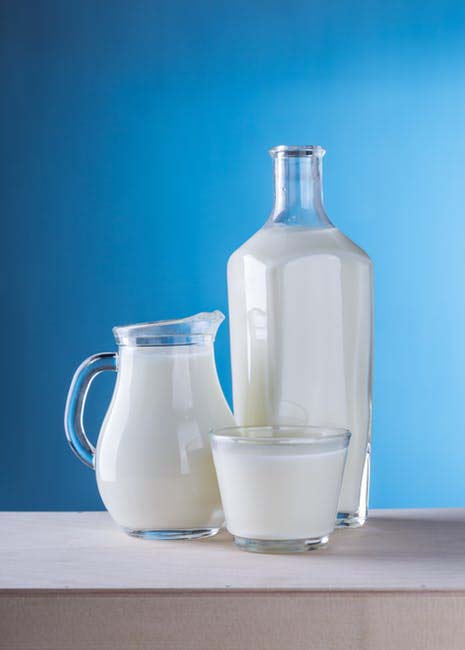Dr Erica Cleary from Shanghai United Family Hospital shares what children should be eating at different ages for their vital vitamins.
Infants
(Four to 12 months)
‘While the ideal food for infants is breast milk, it’s necessary to provide children with the right combination of weaning foods for a well-balanced diet. In the initial weaning stage, gluten-free infant cereals made up of corn or rice are good options. Later, the addition of other tastes and food types in different cereals will provide children with protein, vitamin C, potassium (through juices) and vitamins and minerals (through fruits).’
 Toddlers
Toddlers
(One to three years)
‘Energy requirements increase here; children are active and growing rapidly. Protein is required to help with growth and muscle formation and fat intake is needed to ensure children are sated and don’t consume empty calories. Fatty acids in salmon or cod help with this. Milk, soy milk and cheese are good for calcium needs. Iron is also important and is found in beef and spinach, as is zinc, which is needed for growth.’
Pre-teens and teenagers
(From 12-18 years)
‘Energy needs for this age group vary greatly, depending on their current rate of growth, gender and physical activity. While both genders’ energy and protein requirements rise, teenage girls also require more vitamins and minerals, particularly iron once menstruation starts. Seafood, beans, raisins, apricots and peas are all good sources of iron.’
Young adults
(From 18 years)
‘Late adolescence is a time for teenagers to start adopting more adult diets. Build on good diet habits children have already established by giving them more vegetables, a good amount of protein and healthy carbohydrates, like wholegrain bread and rice. Choose fruits as snacks to limit empty calorie intake.’
Dr Erica Cleary is Shanghai United Family Hospital’s
resident dietitian.
